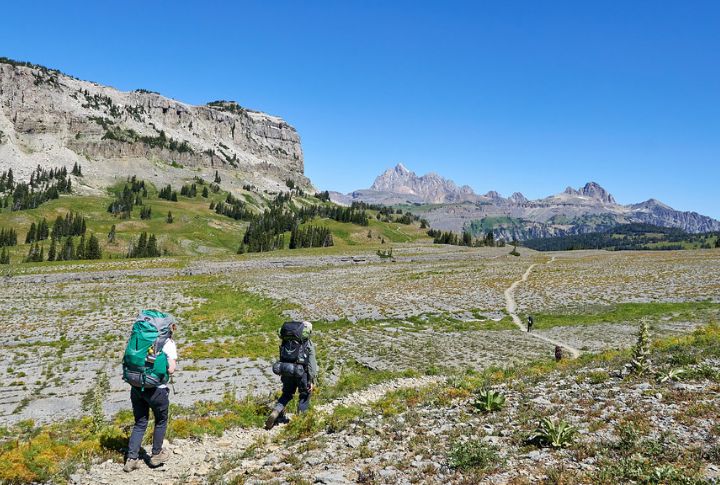
For those who crave a true challenge, hiking can be more than just a trek through the woods—it can be an epic test of endurance, mental toughness, and physical strength. The United States is home to some of the world’s most rugged and difficult hiking trails. So, if you’re ready to test your mettle, lace up your boots and prepare to take on 15 of the most challenging hiking trails in the U.S.
Mount Whitney, California
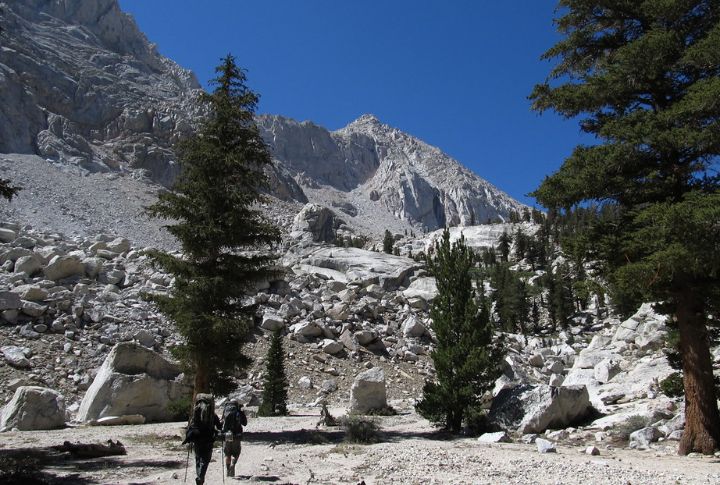
It is the tallest peak in the contiguous United States at 14,505 feet. Mount Whitney demands a grueling 22-mile round trip with a staggering 6,100-foot elevation gain. Hikers often face the risk of altitude sickness and are challenged by steep switchbacks as they approach the summit. Completing this hike in one day, as permit regulations require, adds another layer of difficulty.
Kalalau Trail, Hawaii
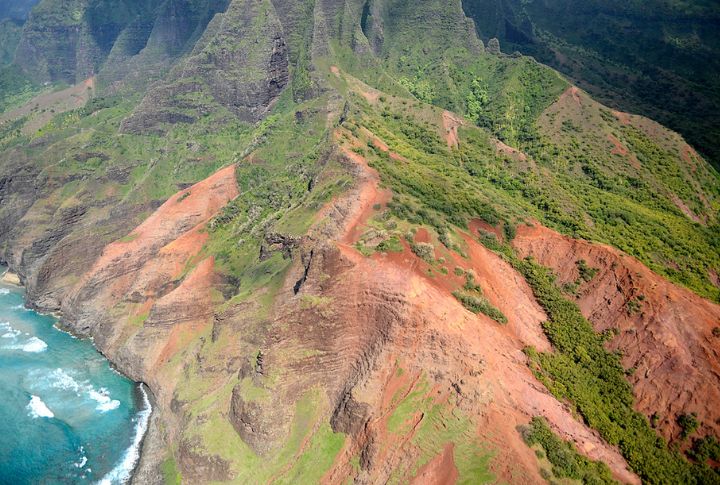
The Kalalau Trail on Kauai’s Na Pali Coast is a 22-mile round trip combining stunning beauty and serious danger. Its narrow paths cling to cliff edges, where steep drops plunge into the ocean below, and the trail’s often muddy and slick conditions add to the difficulty. Hikers must also contend with the potential for flash floods. Fortunately, it rewards those who persevere and have access to the remote Kalalau Beach.
The Maze, Utah
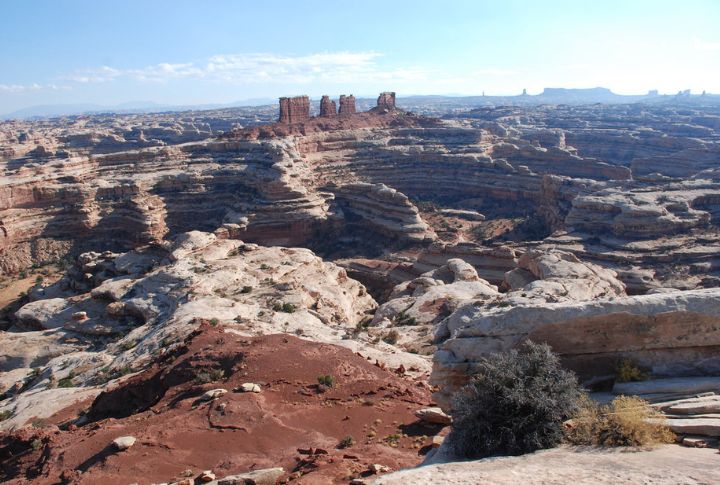
Located in Canyonlands National Park, it is a labyrinthine trail that challenges the body and the mind. The trail’s network of dead-end canyons and towering walls requires expert navigation skills to avoid getting hopelessly lost. The harsh desert environment and the lack of water sources make this a serious undertaking that only the most prepared hikers should attempt.
Bright Angel Trail, Arizona
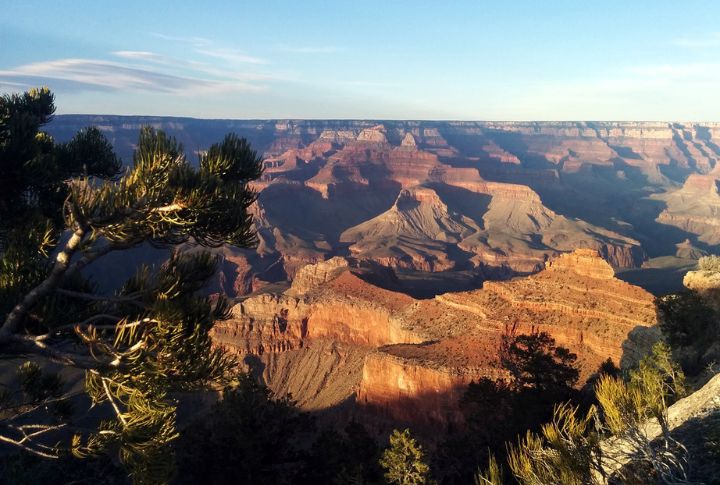
This trial in the Grand Canyon may be iconic, but it’s also incredibly challenging. Over the course of the trail, it descends 4,380 feet, setting up a punishing climb back out. Extreme heat, lack of shade, and limited water sources make this one of the most demanding hikes in the Southwest. Originally used by Native Americans, it now allows hikers to experience the awe-inspiring depths of the Grand Canyon.
Huckleberry Mountain, Montana
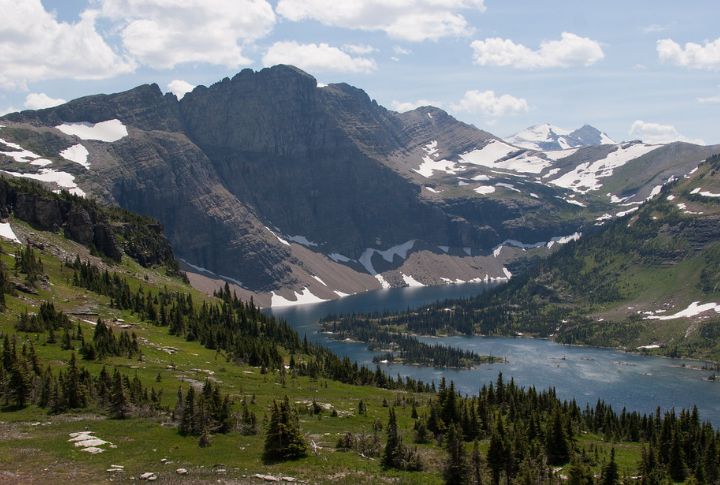
This peak in Glacier National Park delivers a true wilderness experience with its unmarked and unmaintained 12-mile round-trip trail. A hike on this trail gains around 2,800 feet in elevation, and the thick vegetation creates a sense of isolation and adventure. Hikers must be prepared for the possibility of encountering bears, which adds an element of danger to this already challenging hike.
Half Dome, California
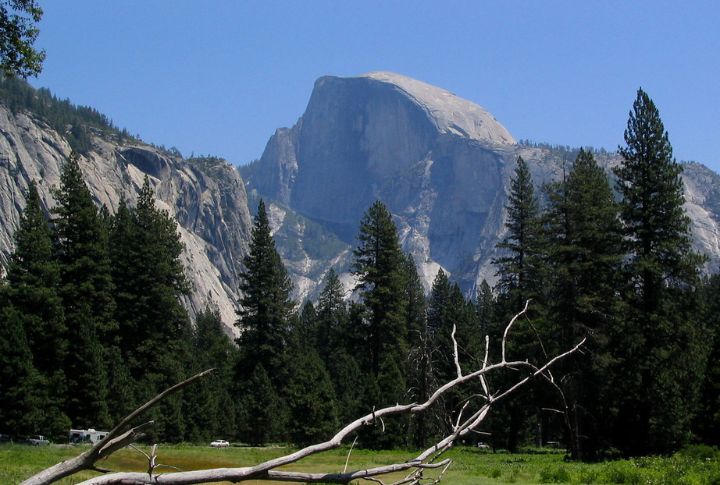
In Yosemite National Park, Half Dome is one of the most famous and demanding hikes in the U.S. This 14- to 16-mile round trip includes a 4,800-foot elevation gain, culminating in the nerve-wracking final ascent up the granite dome using steel cables. The climb is not for the faint of heart, especially when the granite is wet or when crowds of other hikers add to the challenge.
Devil’s Path, New York
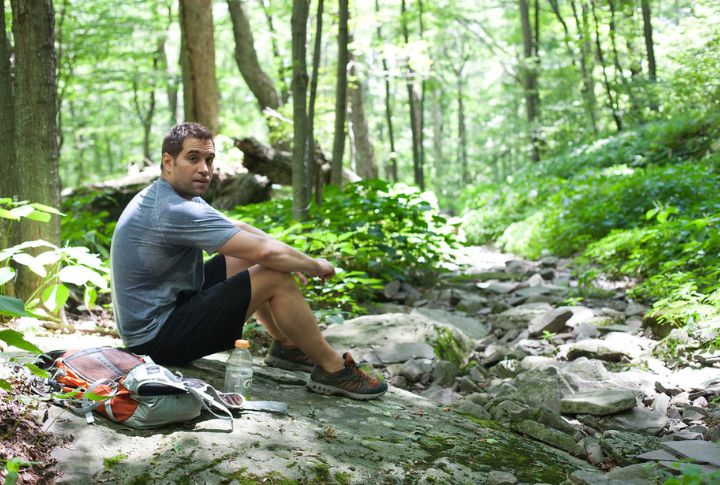
Despite its intimidating reputation, Devil’s Path is a favorite among hardcore hikers who are rewarded with scenic views of the Catskills. It is located in the Catskill Mountains and is notorious for its brutal elevation changes, with hikers gaining around 4,000 feet over the course of 24 miles. This path is steep, rocky, and filled with false summits that test both physical endurance and mental resilience.
Presidential Traverse, New Hampshire
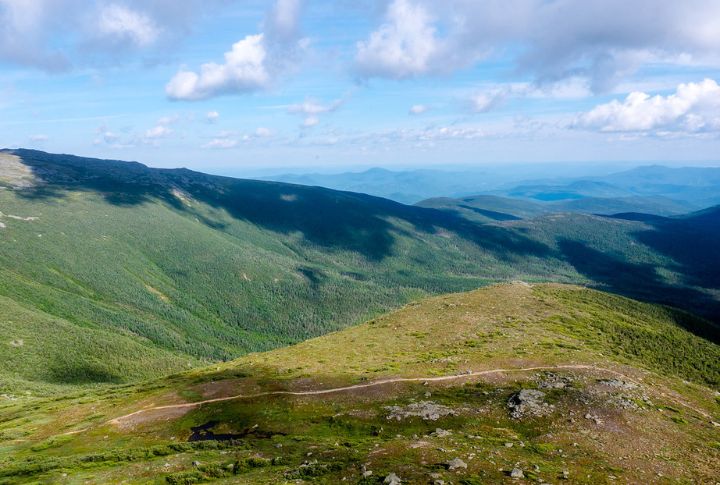
This trail in the White Mountains is a 23-mile trek that takes hikers over several peaks, including the infamous Mount Washington, recognized for some of the worst weather in the world. The trail involves over 9,000 feet of elevation gain, and unpredictable and often dangerous weather conditions make it a serious undertaking. The traverse has dramatic views and is a rite of passage for Northeast hikers.
Mount Katahdin, Maine
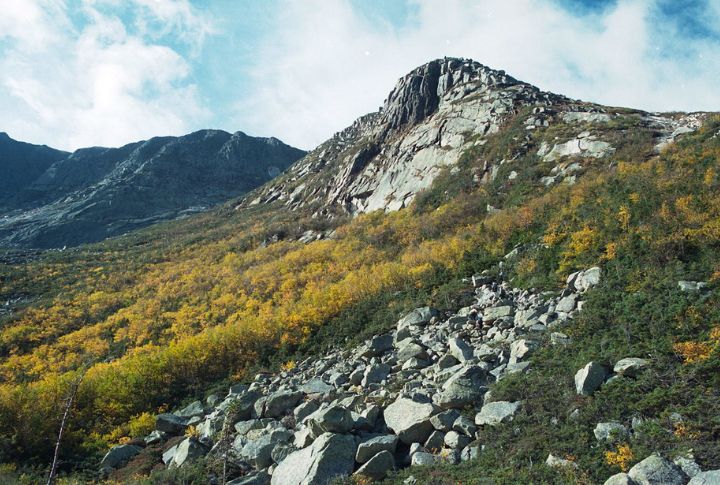
The Appalachian Trail’s northern terminus, Mount Katahdin, is a rugged hike that includes around 5,000 feet of elevation gain. The infamous Knife Edge, a narrow ridge with steep drop-offs on either side, is particularly challenging, requiring both balance and nerves of steel. Those who climb the summit are rewarded with stunning views and the satisfaction of standing atop Maine’s highest peak.
Mount Rainier, Washington
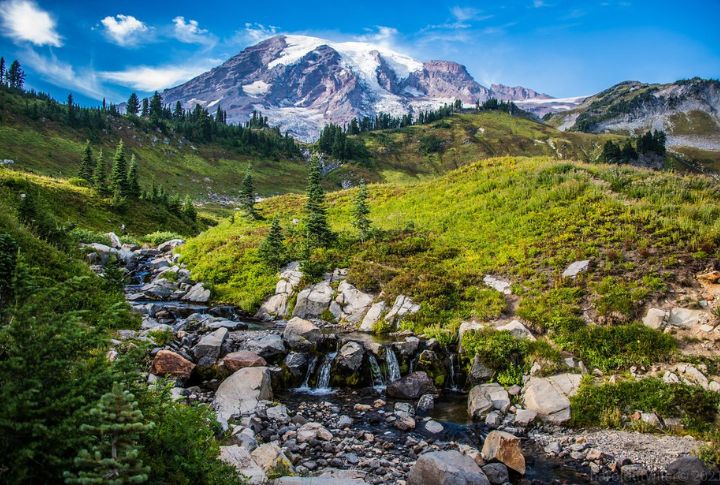
Climbing Mount Rainier is not just a hike—it’s a serious mountaineering expedition. This 14,411-foot peak requires technical skills like glacier travel and ice climbing. Only about 50% of climbers make it to the top after 2 to 3 days of climbing. The weather on Mount Rainier is notoriously unpredictable, with high winds, snow, and the constant threat of avalanches. Despite the risks, summiting this active stratovolcano is a dream for many climbers.
Teton Crest Trail, Wyoming
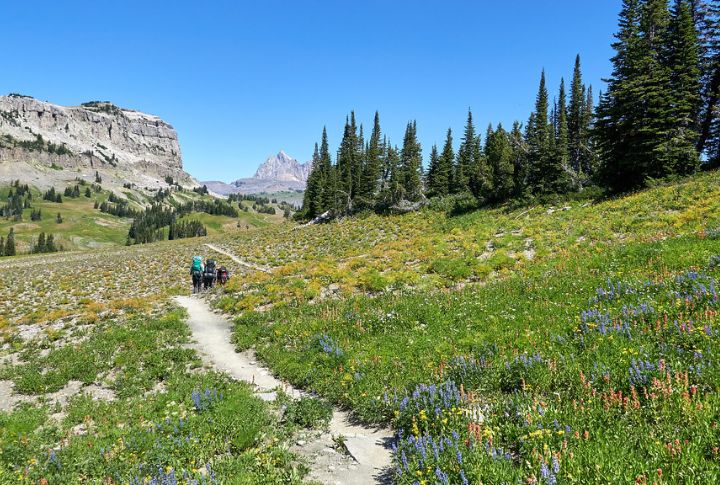
This is a 40-mile trek through the rugged terrain of Grand Teton National Park, featuring steep climbs. High altitude and unpredictable weather, including sudden snowstorms, make this hike a colossal challenge. However, the trail’s stunning alpine scenery, including views of the Grand Teton and opportunities to see wildlife, makes the effort worthwhile for those who are prepared for the demanding conditions.
The Narrows, Utah
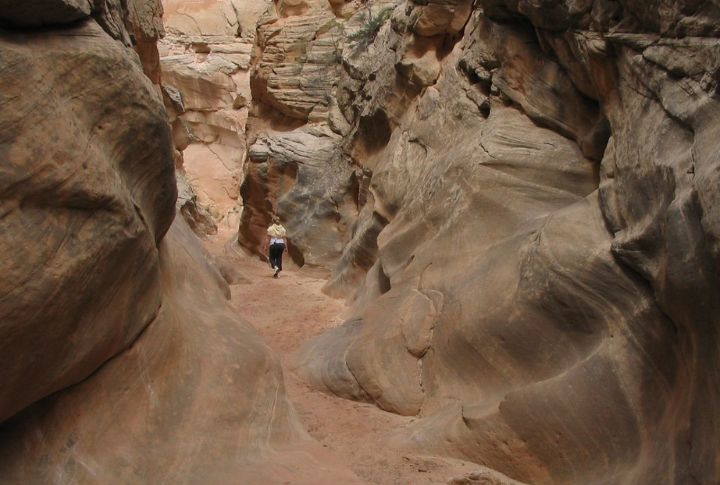
Involving wading and sometimes swimming through the Virgin River, The Narrows in Zion National Park is a unique and challenging hike. This 16-mile round trip requires navigating through cold, swift water while surrounded by towering canyon walls. The constant threat of flash floods adds an element of danger, but the surreal beauty of the slot canyons guarantees this hike is one of the most rewarding in the world.
Rim to Rim, Arizona
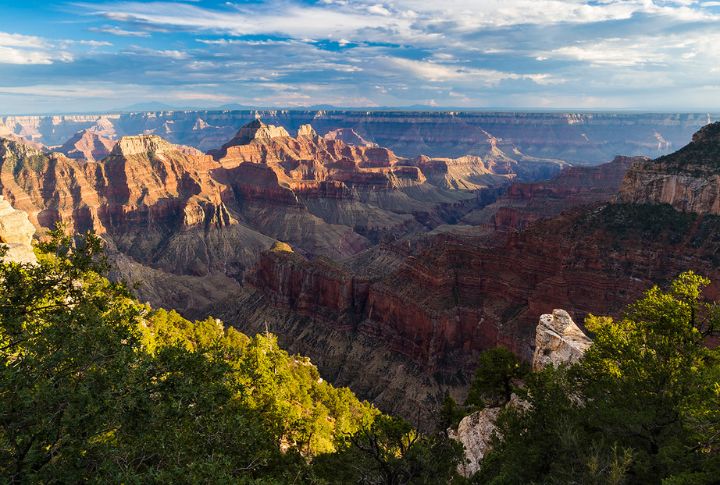
This hike in the Grand Canyon is a 24-mile trek that takes hikers from the North Rim to the South Rim, descending over 6,000 feet and then climbing over 4,500 feet, often in extreme heat. It is a true test of endurance and requires careful planning to avoid dehydration and heatstroke. Completing this iconic hike presents a unique perspective on the Grand Canyon’s vast and varied landscape.
Enchantments Trail, Washington
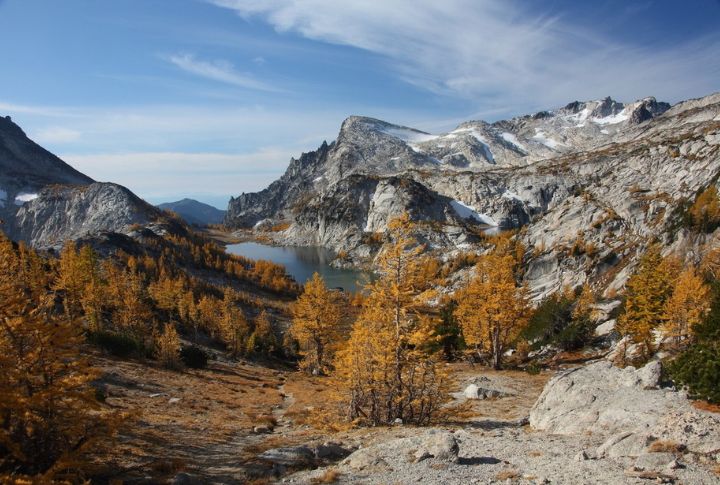
Located in Washington’s Alpine Lakes Wilderness, it is a 20-mile hike that features steep climbs and over 4,500 feet of elevation gain. The rugged terrain, including rocky slopes and icy sections, requires caution and experience. Despite the challenges, the trail is incredibly popular and has some of the most stunning alpine scenery in the U.S. Hikers need a permit to access this beautiful yet demanding trail.
Longs Peak, Colorado
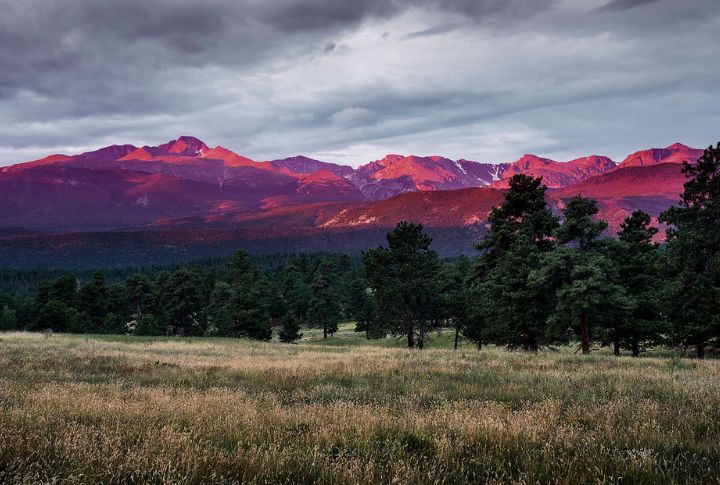
Rocky Mountain National Park’s Longs Peak is a 14,259-foot mountain that demands a hike with over 4,000 feet of elevation gain. The final ascent, known as the Keyhole Route, involves scrambling over steep, exposed rock faces, which makes this hike both mentally and physically demanding. Those who reach the summit are rewarded with spectacular views of Colorado’s most iconic and challenging peaks.

Comments
Loading…